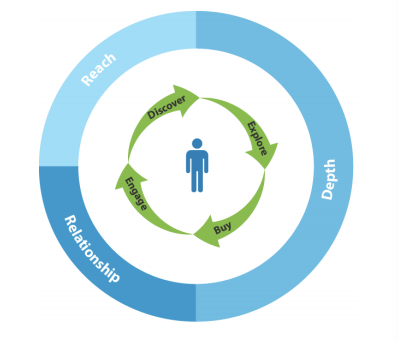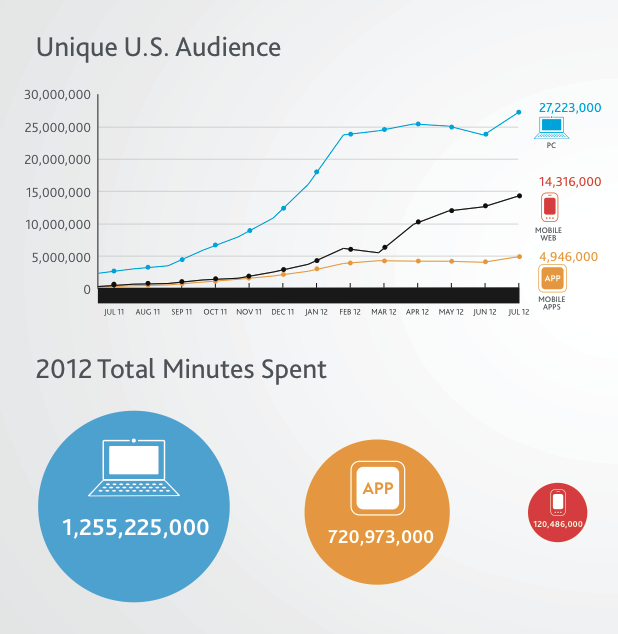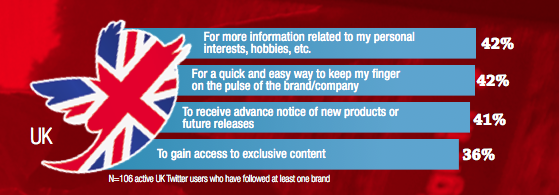By adaptive - May 13th, 2013
Social media has transformed retailing. The question that corporations are now asking is how will this channel evolve in the future?
There is no denying that social media has had a profound impact on the sales funnel. The power and influence that consumers now have is unprecedented in the history of retailing. Brand owners seeing this shift have been quickly attempting to evolve their businesses into social enterprises that pay close attention to the new relationships that social media has delivered to their companies – some with more success than others.
What has become abundantly clear is that at the heart of this new retail landscape is how consumer behaviour has changed. Understanding these changes is now at the heart of brand development that is being played out across the current social media platforms. And accepting that ‘current’ is an important aspect to appreciate is key, as social media is in constant flux.
In their report for Hearsay Social Forrester state: “The social ecosystem is no longer a single, unified set of tools competing for the same resources and users — and it really never was. Instead, advanced businesses focus their investments in social tools by what phase of the customer life cycle the tool facilitates, in addition to the business objective for interactions with their end customers. Sales professionals do not use social channels in the same way that marketers do, and therefore need their own set of capabilities to succeed today.”

Marketing to the individual
One clear component of the future of social selling is that even more focus on the individual will be required. The broadcast model for marketing campaigns has moved aside as social media has asserted a one-to-one relationship with brands and their consumers.
What is now important is that the realignment of the sales funnel and how social media has impacted on its lifecycle is appreciated and acted upon by all corporations. In addition, the future of social selling will mean that sales, marketing and PR departments work increasingly closely together, as they all have a stake in how their businesses utilise social media within their sales channels.
However, Forrester did point out: “The sales professionals that we spoke to were relatively dismissive of corporate social marketing and its ability to help them close more business. While Forrester has seen many successful social marketing efforts that track their ROI through increased lead volume and conversion, those successes were not recognized by the sales teams in this study. Sales either had no visibility into what corporate marketing was doing, common for sales agents, or didn’t know how marketing could directly help win more business at all, common among sales enablement professionals and sales managers.”
This lack of transparency and cooperation must also change as they are at the foundation of the future development of social selling. Understanding how social media impacts on each stage of the buying cycle is of paramount importance, as often the key stakeholders in the buying cycle use social media for different outcomes and at different points in the consumer buying cycle. Ratifying these relationships to create a seamless customer journey is clearly an important aspect of social selling as it develops over the next few years.
The future of social selling will also increasingly be visual. A number of reports have concluded that video content and also images are powerful marketing tools that consumers are using as touch points when they are looking for goods or services to buy. The exponential growth of Pinterest is testament to this trend. Corporations will need to think increasingly visually with their marketing efforts to lock into a trend that shows little sign of slowing.

Soft metrics
Another core aspect of social selling that will develop rapidly as this channel matures is how these relationships are tracked from initial contact to conversion. Often the social channel is lamented as being weak when tracking of ROI is concerned. The tools that are available at the moment are nascent, but will rapidly evolve to offer the kind of data that corporations are looking for.
There will always be an intangible ‘soft’ metric that must be considered when conversion statistics are considered, but brands are understanding that the hard application of data when coupled with sales statistics won’t give highly accurate ROI, as social selling often relies on a number of intangibles, such as the impact that the so-called ‘recommendation economy’ can have on the performance of a sales channel.
In addition, the future of social selling will mean a quantification of what it means to be a follower on Twitter, or the actual value of a like on Facebook. How a corporation’s customers interact with its brand and the iteration of those values across social networks will be important to build into the fabric of all marketing campaigns.

What is clear for all brands to see is that social shopping has yet to reach its peak. As the rules of engagement and best practice continue to change as the social media networks themselves evolve, brands can feel lost as they wrestle to understand how social shopping can be managed within their sales funnels. A loser grip on traditional values practices is the key to success in the social shopping space. Listen before acting is a mantra to adopt.
Next Reads
June 2014, New York
Become a social business: For superior marketing response, sharper corporate decision-making, enhanced innovation and a happier, more loyal customer
Brochure Programme